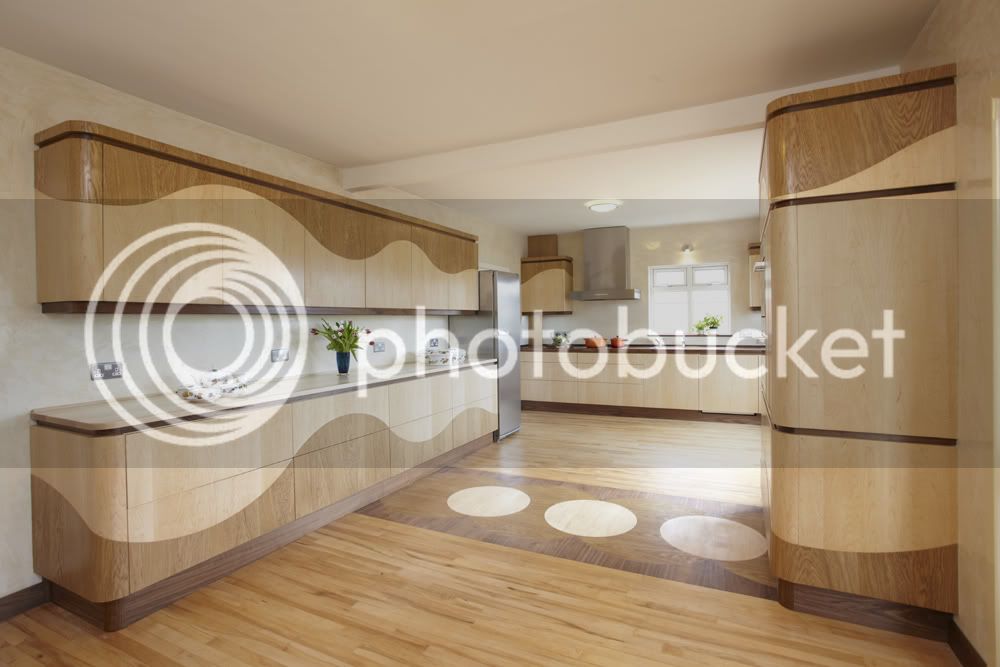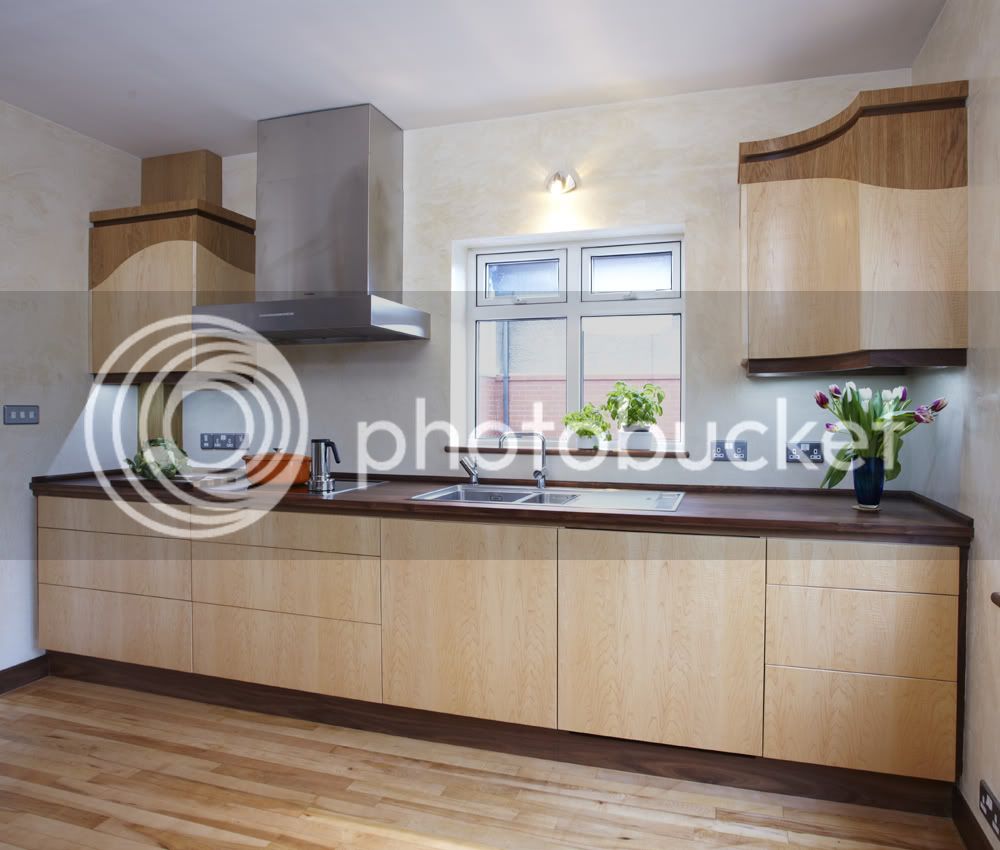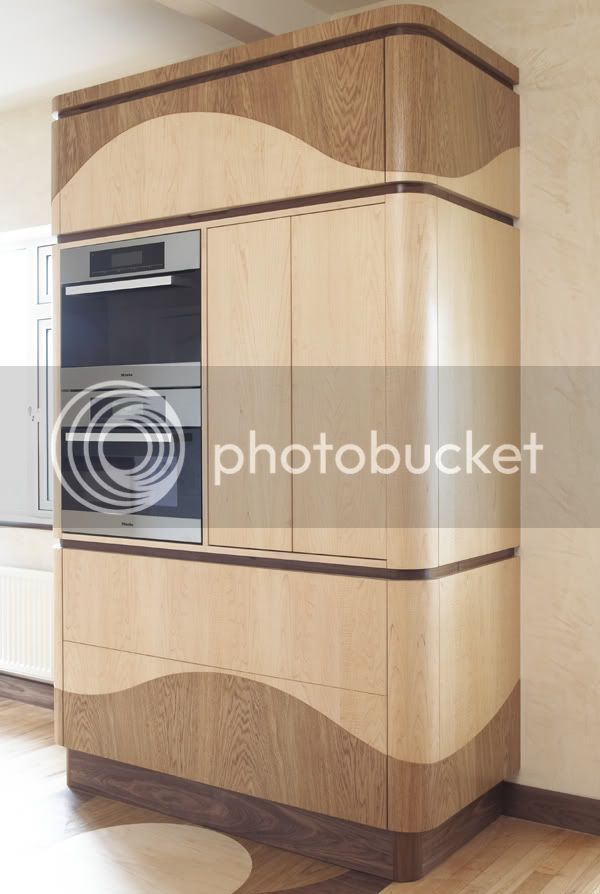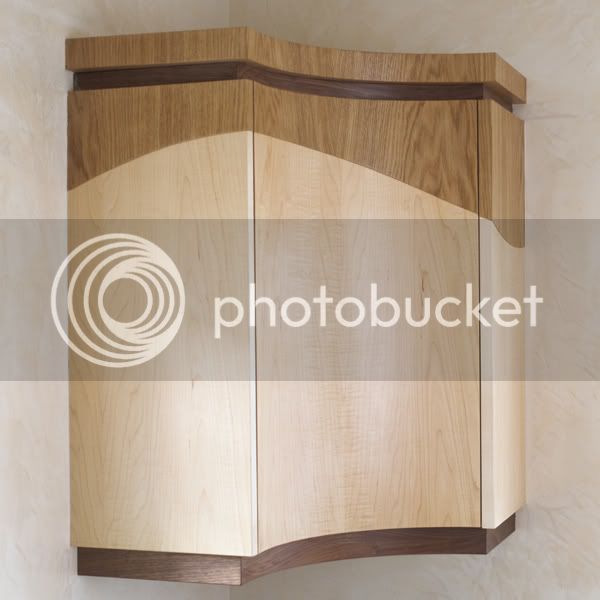BradNaylor
Established Member
- Joined
- 17 Oct 2007
- Messages
- 2,311
- Reaction score
- 2
Mr T":2kfyzazp said:I suppose it's a matter of where you drawerthe line. Some may say "Why bother with hand cutting at all and use a dovetail jig". We try to bring the same approach to kitchens as we do to furniture.
It's funny - I was taught at college 30 odd years ago to dovetail (by hand) the front corners of drawers and to use a simple housing joint at the back. I have assumed ever since that this was the 'correct' way to make drawers.
Mr T":2kfyzazp said:We have spent 500 hours on it so far (I can hear Duncan sniggering already)
Not sniggering at all. Chris. I am in awe of your patience and persistence and admire your determination to stick with your high standards, even on a kitchen.
The fact is that even very expensive kitchens are generally made with the almost certain knowledge that it will all end up on a skip within 10 - 20 years. I hate to say it, but in all probability that is going to be the fate of the 'Wave Kitchen' too. With this in mind, 99.9% of makers compromise on certain aspects of the design or production methodology, and 99.99% of clients do not want to pay for top cabinetmaking techniques.
Congratulations for being among the 0.1% of makers and more especially for finding one of the 0.01% of clients!
:lol:
Brad





































